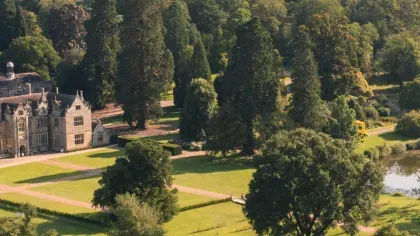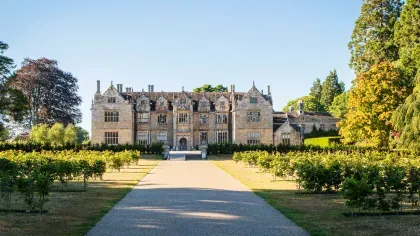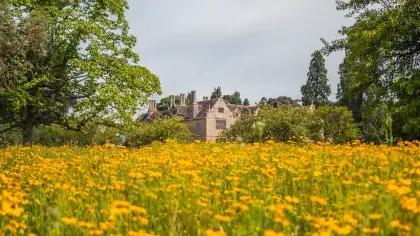
Newly reopened, step inside our Mansion and delve into its transformation over the centuries, from its owners of the past, the history of the landscape to the pivotal role it has played in seed conservation.
Explore two newly restored exhibitions spaces on the ground floor, including the Billiard Room, where immersive storytelling uncovers the layers of Wakehurst’s history, and the Chapel, which traces the origins of the Millennium Seed Bank (now in its 25th year) and the transformation of Wakehurst into a ‘living laboratory’. Visitors can step into the Library, beautifully reimagined as a peaceful retreat where visitors can pause and soak in the Mansion’s unique atmosphere.
Our Elizabethan Mansion sits in the heart of Wakehurst, and was originally built between 1571 and 1590, during the reign of Queen Elizabeth I.
Over the years it has served many purposes in its botanic surrounds, first as a private house, and when leased to RBG Kew from the National Trust in 1963, became the site of Wakehurst’s earliest seed bank (installed in the Chapel 1976). It’s been used by the education team for visiting schools and community groups, and has provided the perfect venue for intimate weddings. In recent years, the front facade has been transformed into a projection screen as the centrepiece of our magical winter lantern trail, Glow Wild.
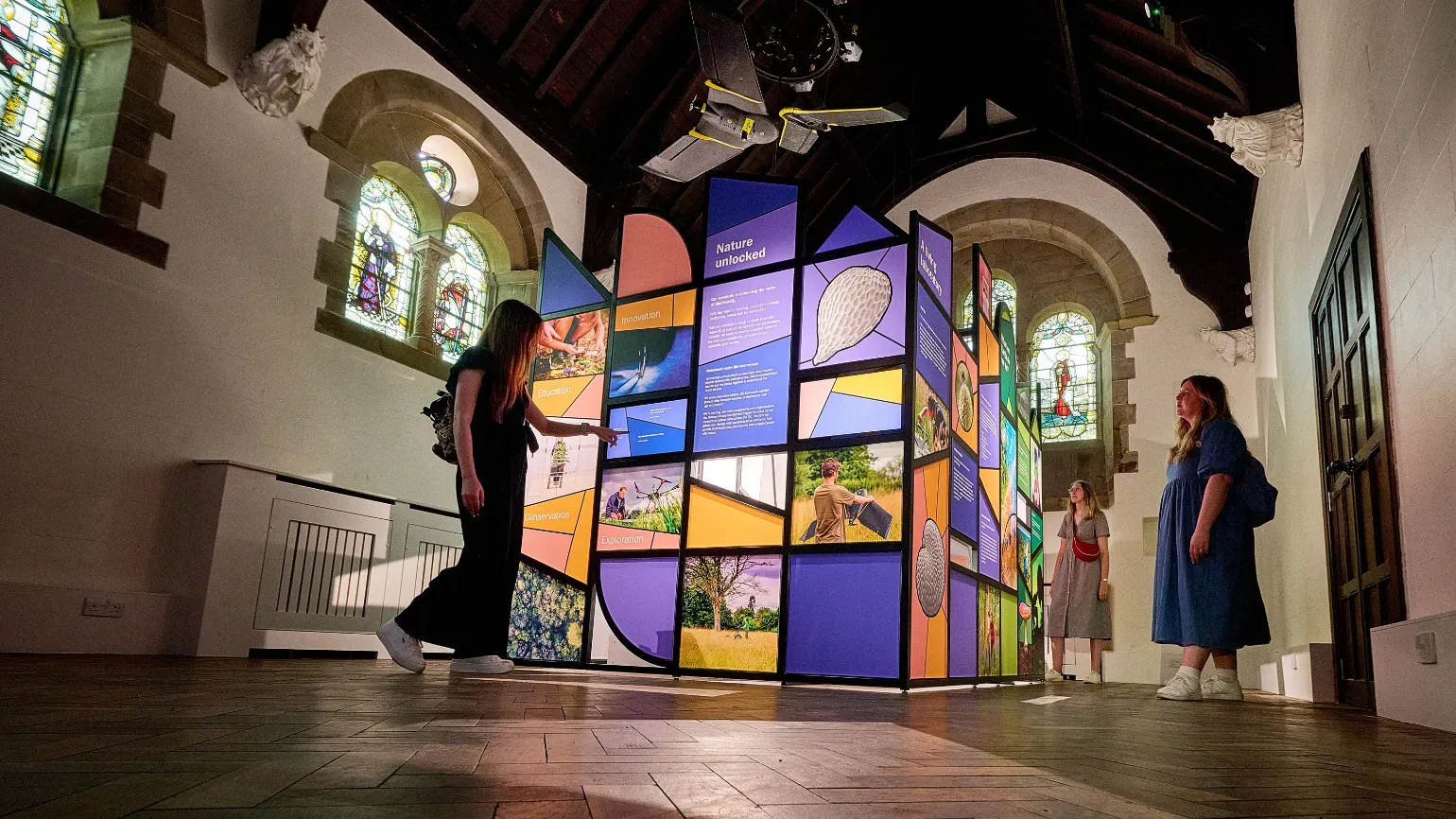
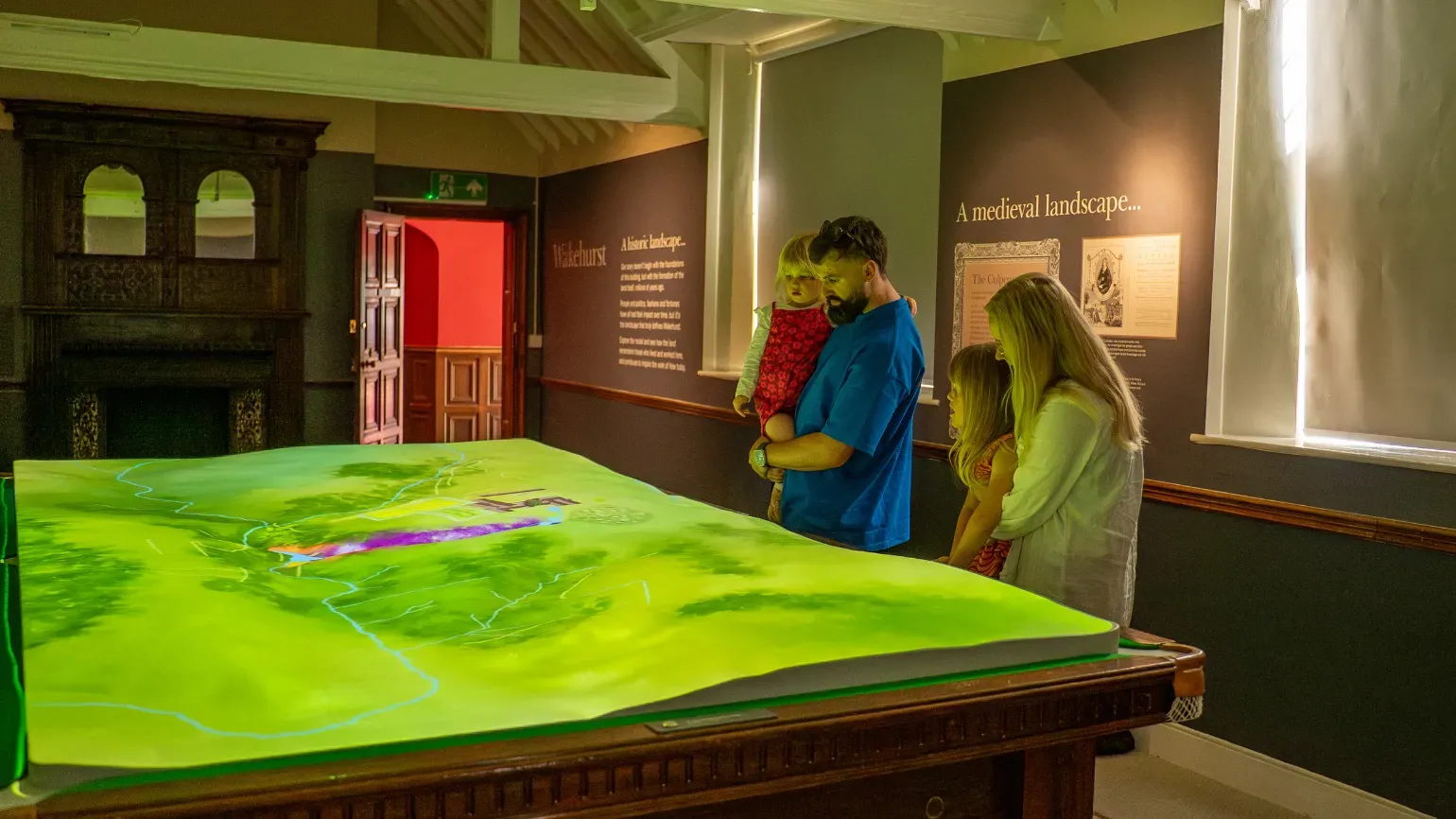
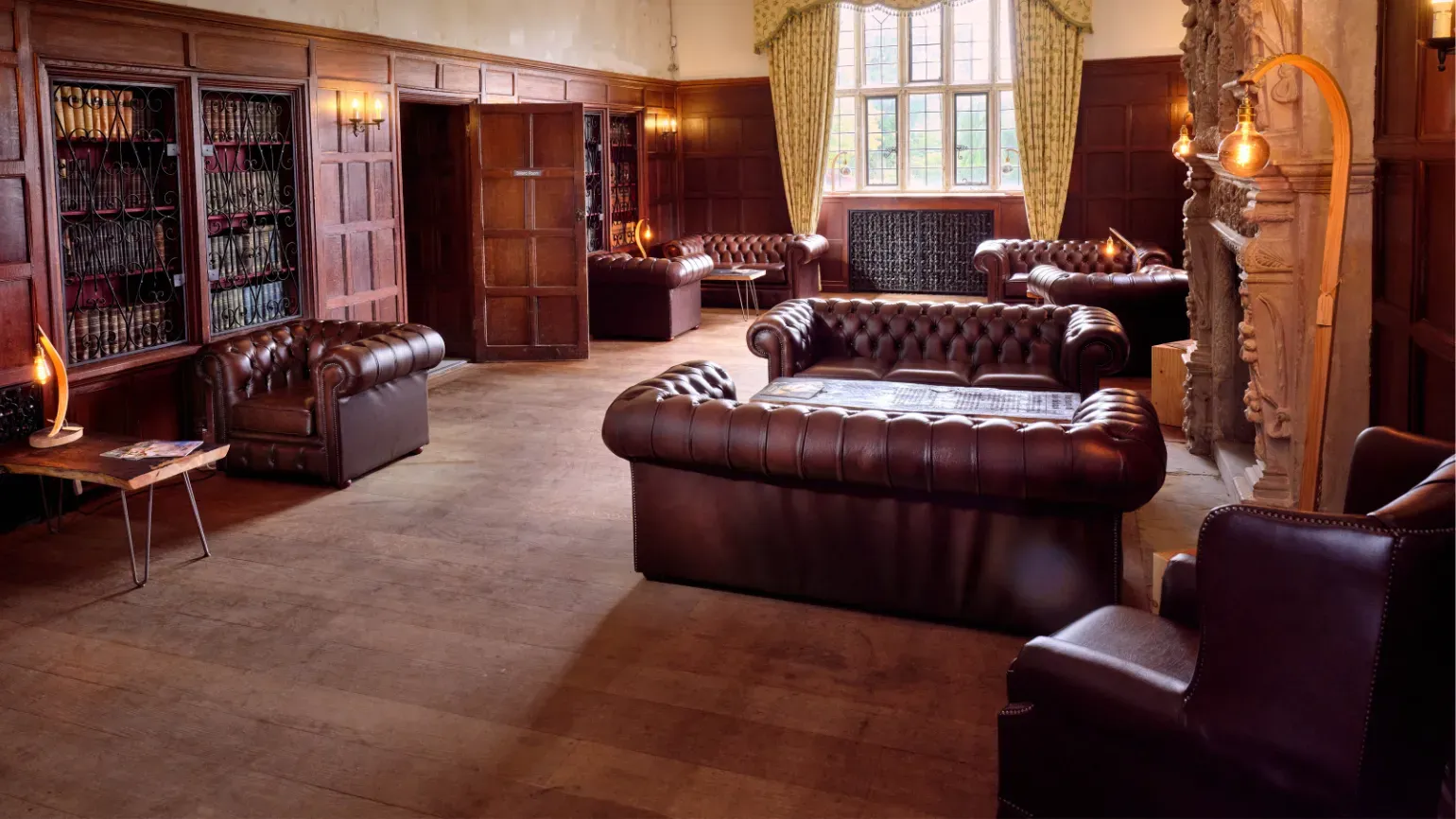
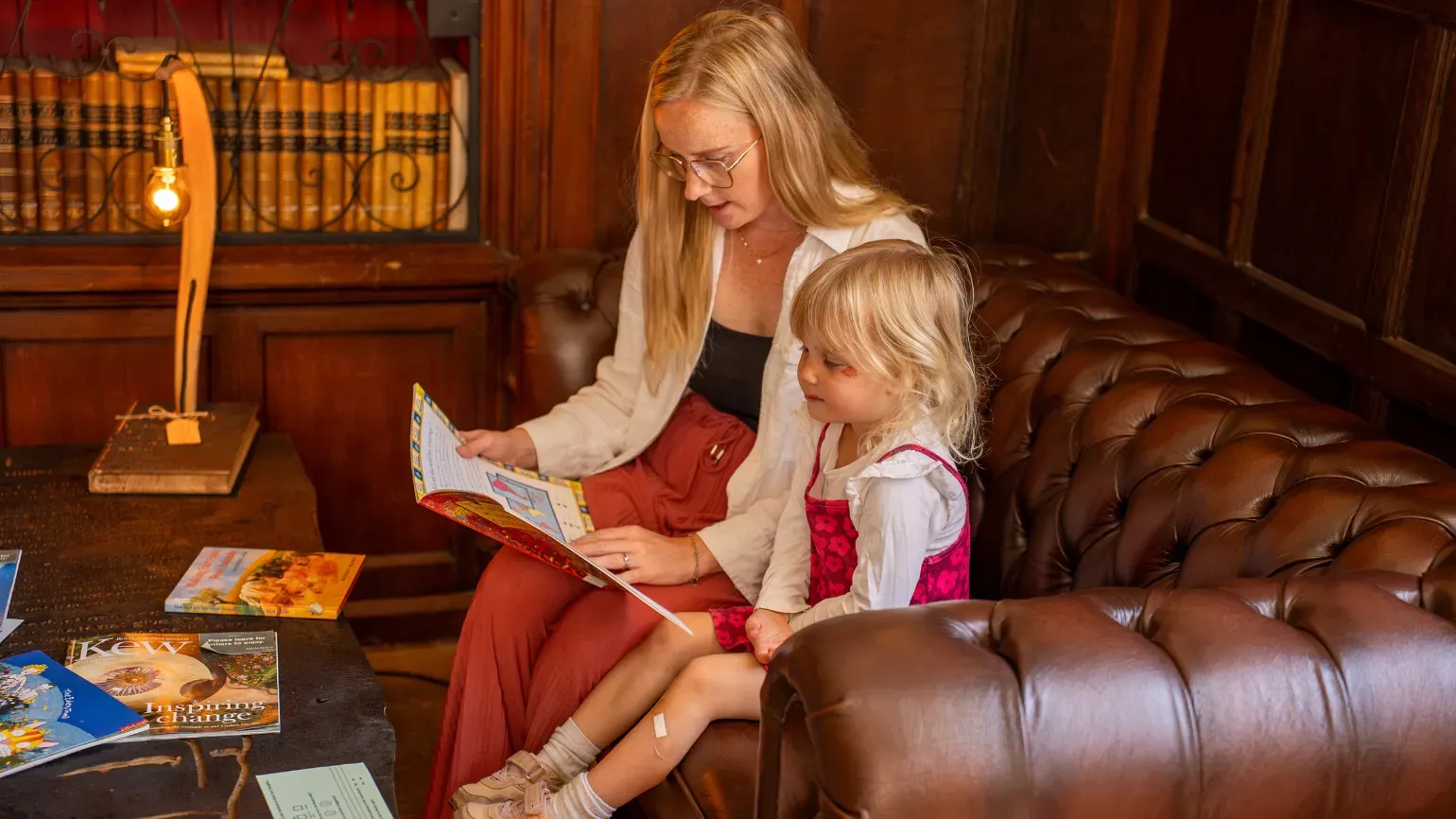
In Summer of 2022, we embarked upon the biggest renovation project at Wakehurst since the 1970s – restoring the Mansion roof. The roof of the Grade I listed building needed extensive work, which meant we have had to erect scaffolding around the full perimeter of the building to allow access for workers.
In the true spirit of Wakehurst, we looked at this situation as an opportunity to do something unique and so Planet Wakehurst was born. We commissioned a huge photo montage featuring plants from across Wakehurst by artist Catherine Nelson for the scaffolding, transforming the work site into one of the UK’s largest outdoor art installations.
Now, the roof restorations have finished, and whilst we have been sad to say goodbye to the iconic Planet Wakehurst artwork, we are pleased to now invite visitors into the Mansion to learn and explore Wakehurst’s history.
There are electrical works ongoing to the rest of the Mansion which have not yet been finished, and so no further spaces will be open to the public at this time. The Mansion remains an integral part of Wakehurst’s historic landscape, and we will communicate with our members and visitors on any changes to what is currently open.
.jpgcf07.webp?itok=Xk_ceV8o)
-min.jpgd7f8.webp?itok=6UwsQrpy)
A little bit of history
A location with medieval roots, the land on which the Mansion was built was purchased in 1205 by William de Wakehurst, who bought 40 acres of the surrounding countryside.
Centuries later, Edward Culpeper commissioned the design of the Mansion in 1590. Edward was a distant relative of one of the last two women in the Wakehurst line and the famous herbalist Nicholas Culpeper.
The Mansion was then purchased by Gerald Loder in 1903.
Gerald (who later became Lord Wakehurst) was a passionate plantsman and helped sponsor many collecting expeditions at the turn of the century, particularly to eastern Asia, the world’s richest source of temperate flora.
He was particularly interested in Southern Hemisphere plants and built up an outstanding collection from South America, Australia and New Zealand.
Sir Henry and Lady Eve Price bought the property after Lord Wakehurst’s death in 1936. Sir Henry was passionate about plants and under his care the estate matured and became widely admired.
In 1963 the Price family bequeathed Wakehurst and a large endowment to the National Trust. The house and the land were leased to the Royal Botanic Gardens, Kew in 1965.
.jpgff23.webp?itok=vm4TN4UT)
Discover more of Wakehurst
.jpg2c1d.webp?itok=XKwSuhi4)
Daily guided walking tour of Wakehurst

Millennium Seed Bank
.jpgf5ab.webp?itok=pc-Buj1t)
